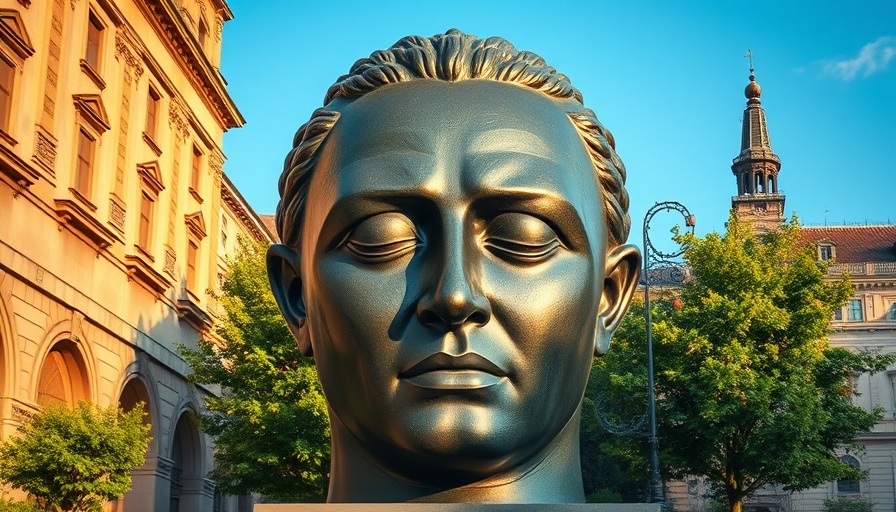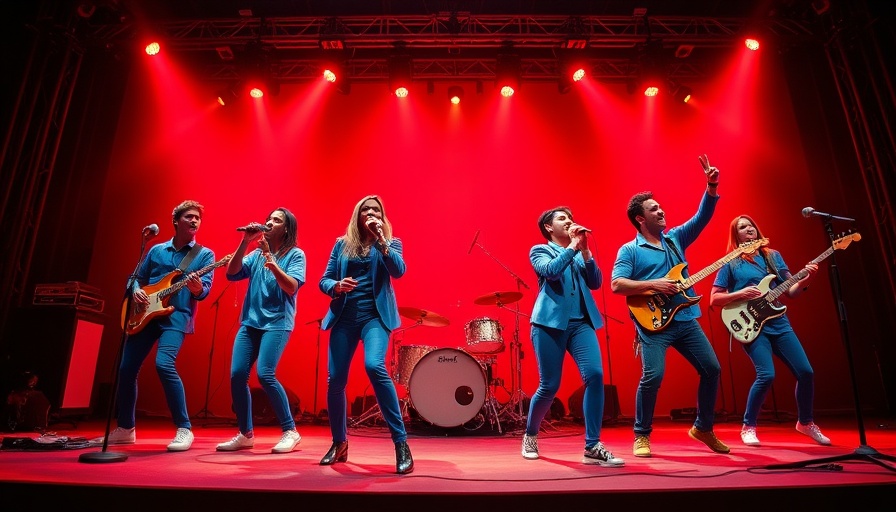
Boston's Dedication to Artist Spaces
The city of Boston is taking significant steps to create affordable artist workspaces and housing, addressing a mounting concern among local creatives about displacement. A new development at 290 N. Beacon Street, which totals 40,000 square feet, aims to provide rehearsal and studio spaces for artists who were displaced when the Sound Museum's location was sold to a private developer.
The Project's Scope and Intent
This initiative comes amid a broader narrative of gentrification that has gradually eroded established artist spaces within the city. Mayor Michelle Wu emphasized during a recent forum the urgency of addressing the potential displacement of artists, highlighting the necessity for affordable spaces as a “just resource issue.” The project aims to incorporate between 60 to 150 affordable residential apartments alongside dedicated artist studios and community areas.
Community Engagement and Future Vision
The Boston Housing Authority (BHA) will spearhead the project's development, and community engagement is a primary focus. The BHA is set to conduct a series of meetings and a “listening and learning tour” to incorporate the needs of Boston's artist community directly into the planning process. This strategy not only secures physical space for artists but also fosters a supportive network aimed at enhancing the visibility and viability of the local arts scene.
Challenges and Opportunities
While the project holds promise, the road ahead is fraught with challenges. Existing concerns regarding rising rents and gentrification continue to loom large. Boston must navigate these complexities judiciously to ensure a genuine and lasting impact on the artist community. As seen in other cities, failing to address these challenges can lead to further alienation of artists from their communities.
Impact on the Creative Community
This new initiative marks a pivotal moment for artists amidst a backdrop of closures and conversions in Boston. Especially given the prior success of the Arts and Business Council in securing cultural spaces like the Central Street Studios, the city’s movement towards protecting and nurturing talent offers hope. Attaining permanent spaces for artists is vital not only for their survival but for the vibrancy of Boston’s cultural landscape.
As the conversation continues around artist preservation, Boston locals are encouraged to reflect on the city’s progress. Are the current measures sufficient? Engage with local initiatives to voice your thoughts on how Boston can better support its artistic community.
 Add Row
Add Row  Add
Add 




Write A Comment